Visiting With Brian, Jan And Greg (Page One)
It's our anniversary and what better place to celebrate than the Huntington with friends. It was a beautiful 88 degree day without hardle a cloud in the sky... and, we get to to go to the Rose Room for tea!

All smiles!

"I am smiling also!"

"What, me smile?? No way, I want my 23 cents back!"


"Believe us, you do NOT want to know!"

"Weather, check! Friends, check! $0.23, NO CHECK"
We Depart For The Rose Tea Room


The sky was magnificent!

"Lo though we walk through the valley of roses... We ain't afraid!"
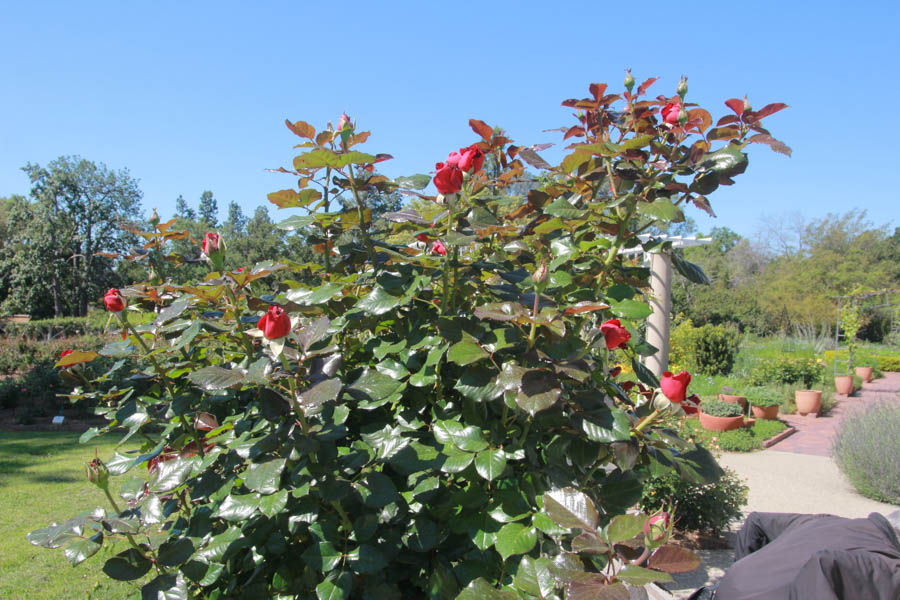
Reds, greens, blues... Mother nature is truly magnificent!
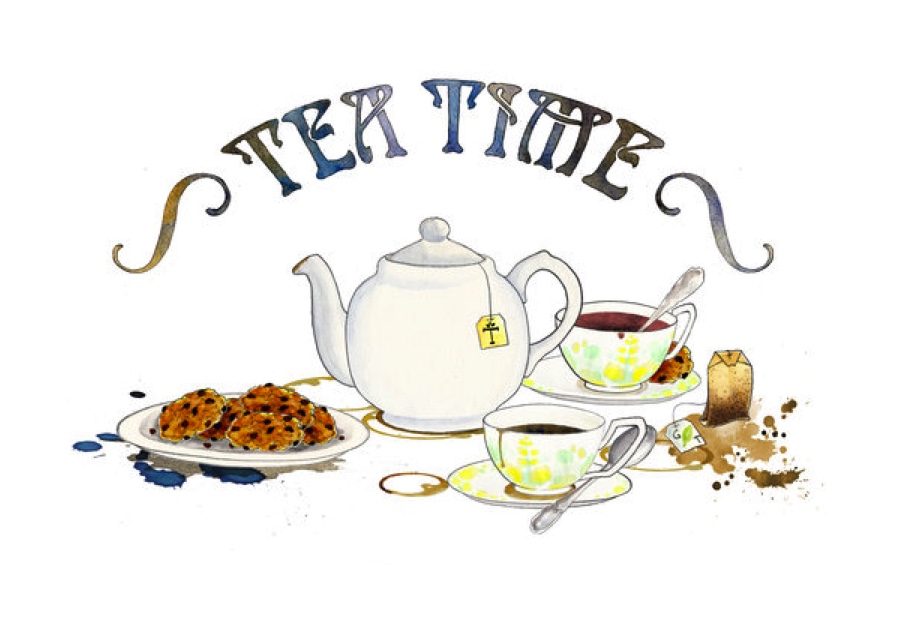

Inside are delightful good and many types of exotic teas!
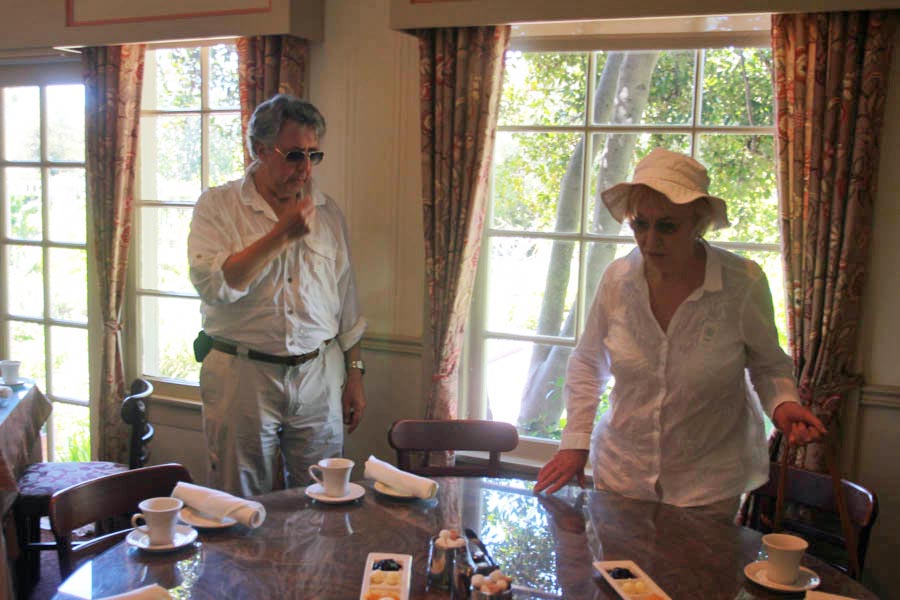
Our view of the kitchen garden was fantastic

Slurp... Gurgle...

Love the buffet!


We miss you Nancy!

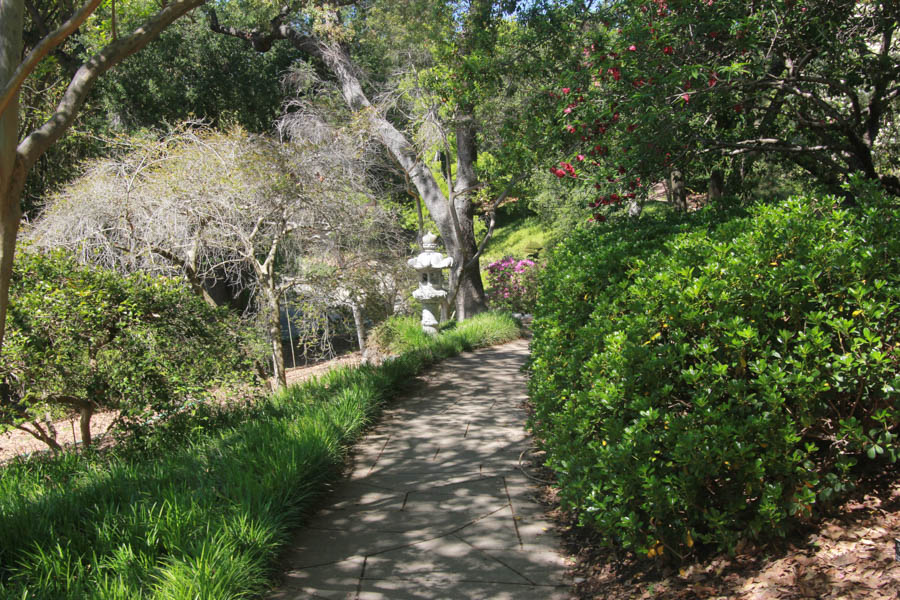
On our way to the Chinese GArden
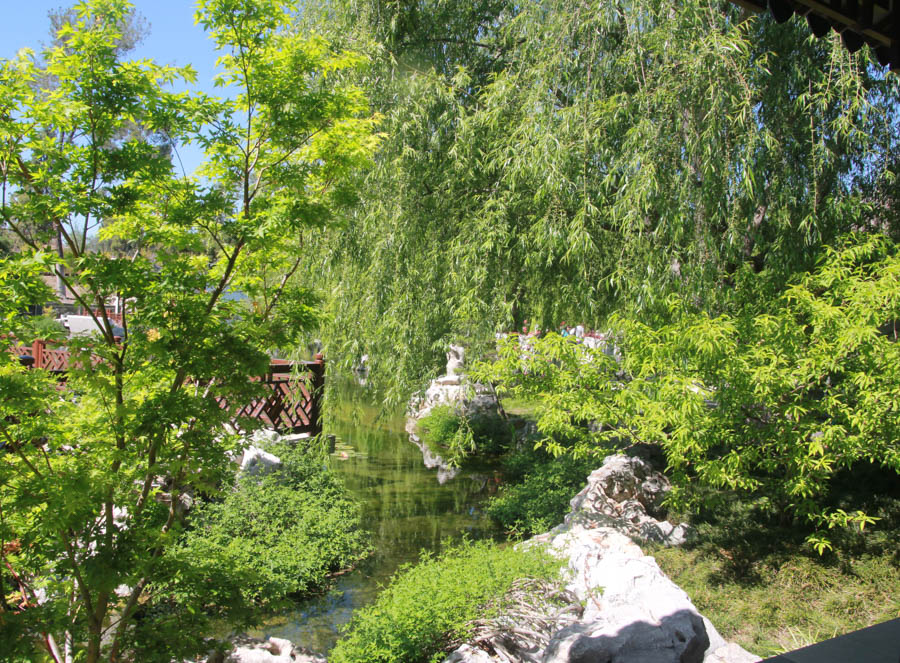
The greens were out of this world!
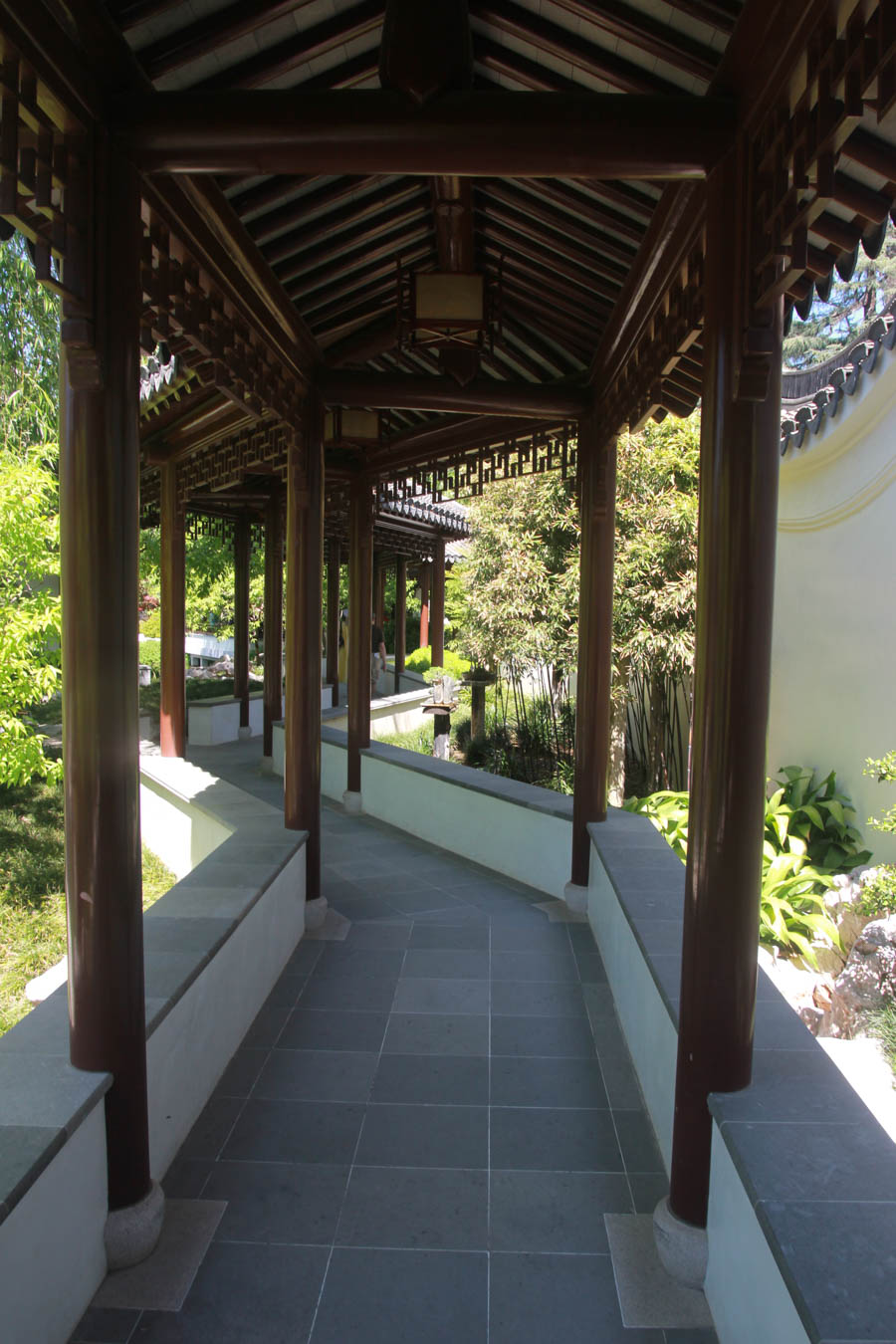
We walked slowly and took it all in!
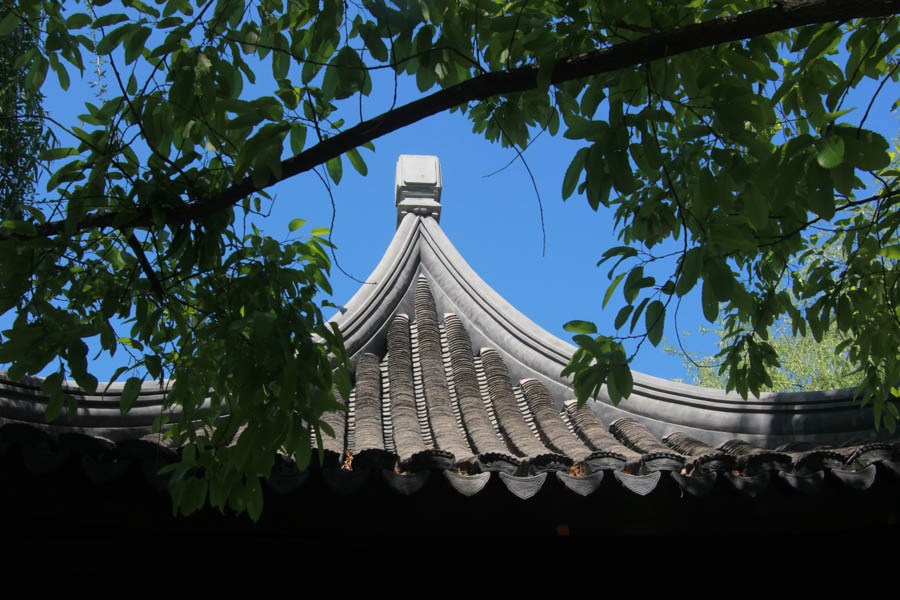
The sky looked painted!
Did You Know?
? Their maximum life span is about 200 years in exceptional cases. Normal life span is more like 25 to 35 years if cared for properly.
? Their maximum length is about 3 feet depending upon blood line and proper care.
? Koi have no stomach, but have a straight gut. In warm water, koi will digest their food in about 4 hours. For maximum growth, they should be fed what they will eat at 4 hour intervals.
? Koi will eat many things; however it is best to feed them a well-balanced koi food, containing at least 30% protein.
? The value of a koi mostly depends upon size, pattern, and color. Realistically, a koi is only worth what someone is willing to pay.
? Koi can withstand a wide range of temperatures and pH values; however a rapid change in either value can cause undue stress and many times will cause death. (Water temperatures from 45? F to 90? F, and pH from 6.5 to 9.0)
? Koi ponds should have areas that are at least 3 feet deep for koi to hibernate in winter, and should have some shade so they will not sunburn (in very shallow water) in summer.
? Koi are "schooling" type fish that desire to be with other koi. To keep your koi content, always have more than one koi in your pond or tank.
? Koi continually excrete ammonia into their surrounding water. If the ammonia level is allowed to become excessive, koi can no longer excrete their waste ammonia and can die from ammonia poisoning. Do not over crowd your pond with fish, and do not over feed. Either condition will add ammonia to the water. A good biological converter will absorb the ammonia and keep your fish healthy.
? Koi get oxygen from the water through absorption in their gills, where oxygen is absorbed directly into their blood stream. Pond water should be kept well oxygenated all year by waterfalls or other forms of aeration.
? Koi Produce thousands of eggs during spawning season. Male fish fertilize the eggs by spraying the eggs with milt. If the eggs are laid in an open area, they are quickly eaten by the other koi. Baby koi will hatch in 3 ? 7 days depending upon water temperature. Less than 50 percent will survive.
? Koi get along well with other species of fish, as long as the other fish are not aggressive. Koi will eat their young until the fry show some color on their bodies.
? After transporting koi to another location, float their water bag in the new pond or tank about 30 minutes to equalize water temperature before releasing them. Do not pour water from the bag into the pond or tank. This is a bad practice and can spread disease and/or parasites.
? Most koi have some parasites. Most parasites are microscopic and cannot be seen without the aid of a microscope. A trained specialist can examine your fish and determine if your pond or fish should be treated to eradicate parasites.
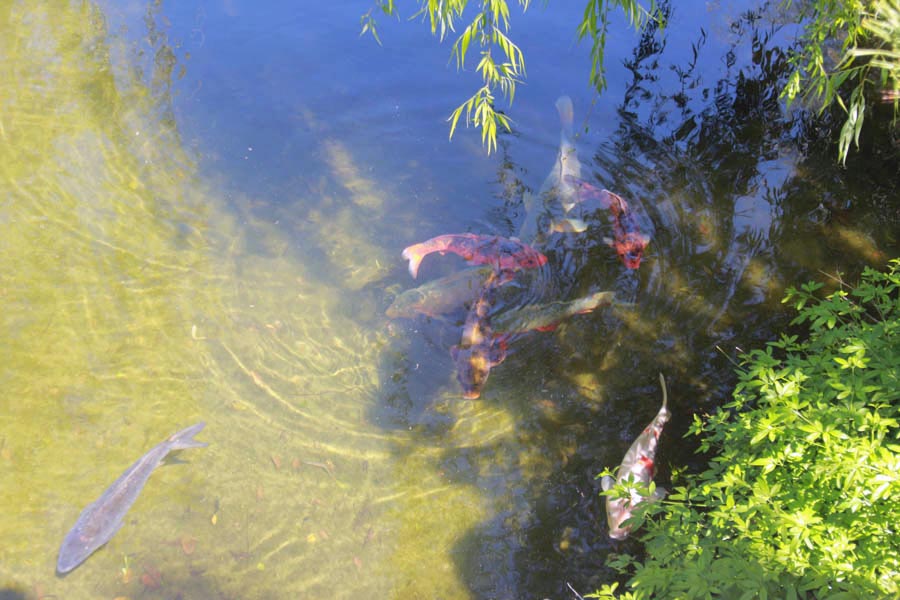
Don't be Koi!
Did You Know? - These are just some of the lesser known facts about koi fish. Koi are marvelous fish with vibrant symbolism and color. Be sure to plan for you koi fish as they are sensitive and have long lifespans. Koi fish also vary in size. When feeding your koi, you must realize that koi have no stomach, instead have pure gut. In warmer water, koi will digest their food in about 4 hours. To reach maximum growth, they should be fed what they will eat at 4 hour intervals, having an automatic koi feeder could easily help you care for you koi.



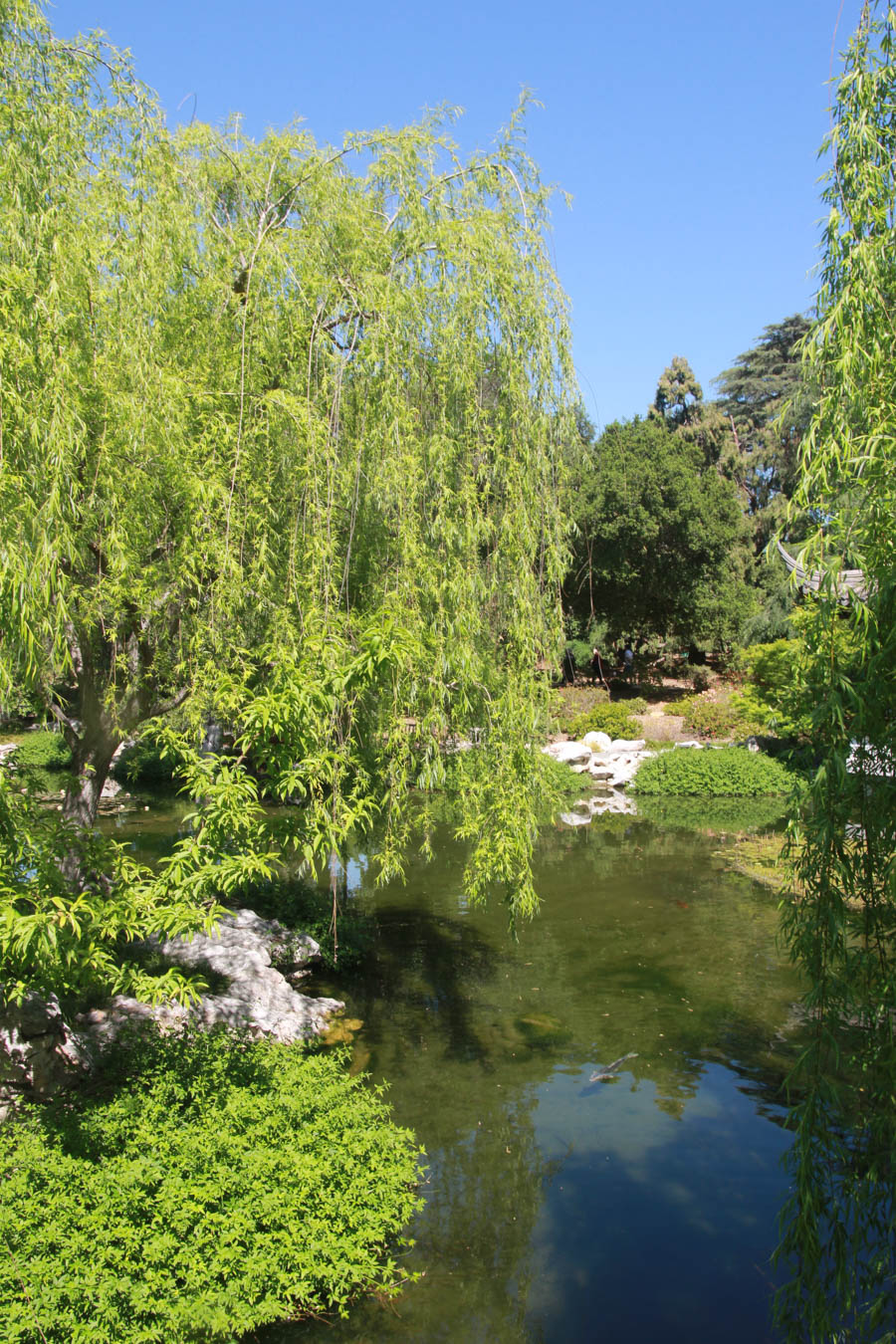
The water was crustal clear
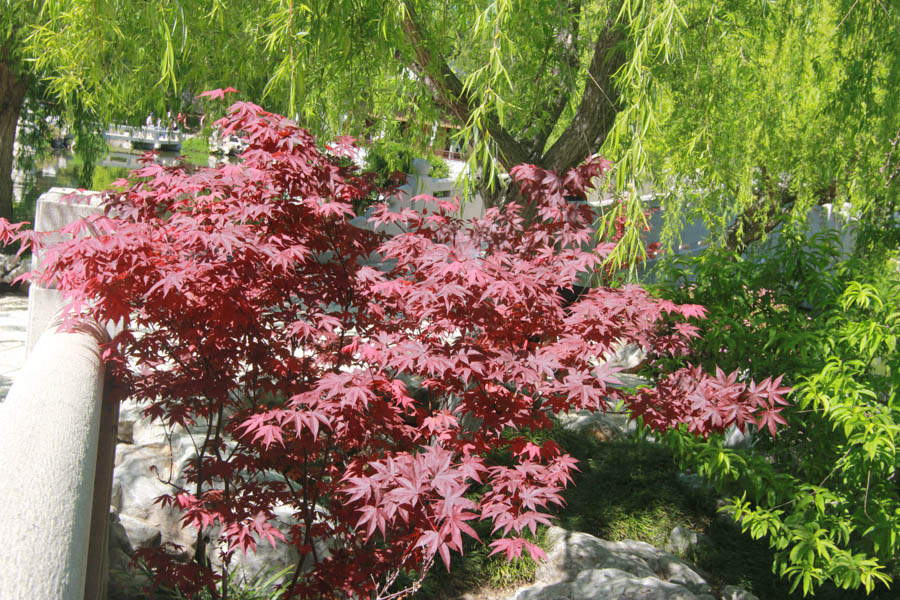
Chinese Red Elms are always amazing to see
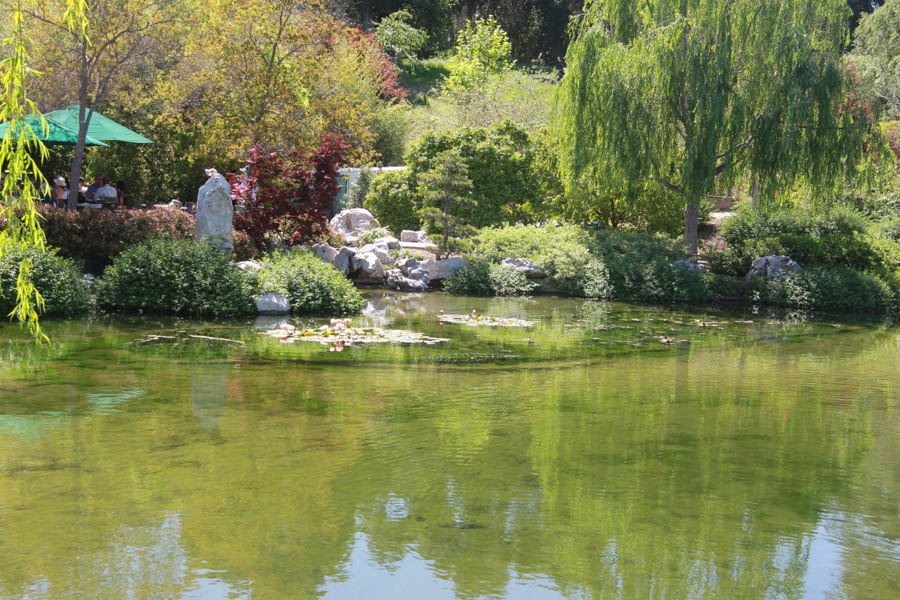
The water lillies are starting to grow...
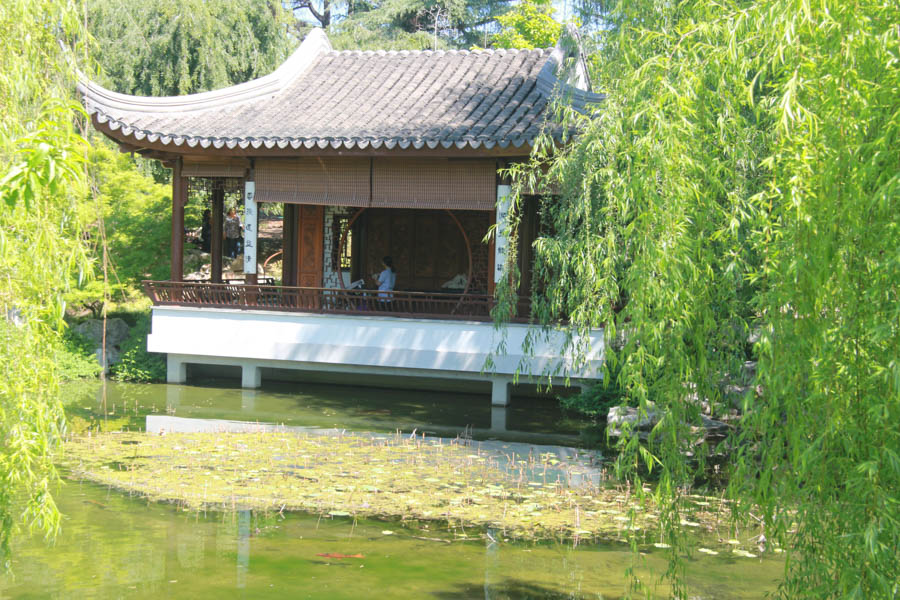
Soon the duck fences will have to be put up!

A real weeping willow
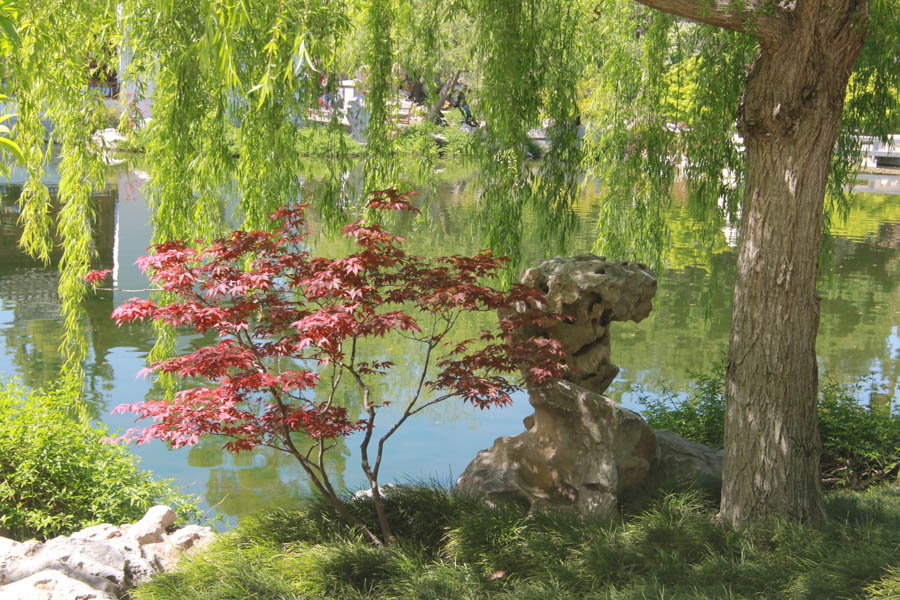
Tranquil is a good word!

The cherry trees will be blooming soon!
Did You Know? - Cherry Facts
- Cherries are drupes, or stone fruits, and are related to plums, peaches and nectarines.
- There are 430 species in the genus Prunus which include cherries, plums, peaches, apricots and almonds ? just to name a few
- It is believed that the sweet cherry originated in the area between the Black and Caspian Seas in Asia Minor around 70 B.C.
- The Romans introduced them to Britain in the first century A.D.
- The English colonists brought cherries to North America in the 1600s
- There are more than 1,000 varieties of cherries in the United States, but fewer than 10 are produced commercially
- On average, there are about 44 cherries in one pound
- In an average crop year, a sweet cherry tree will produce 800 cherries
- Seventy percent of the cherries produced in the United States are grown in the Northwest
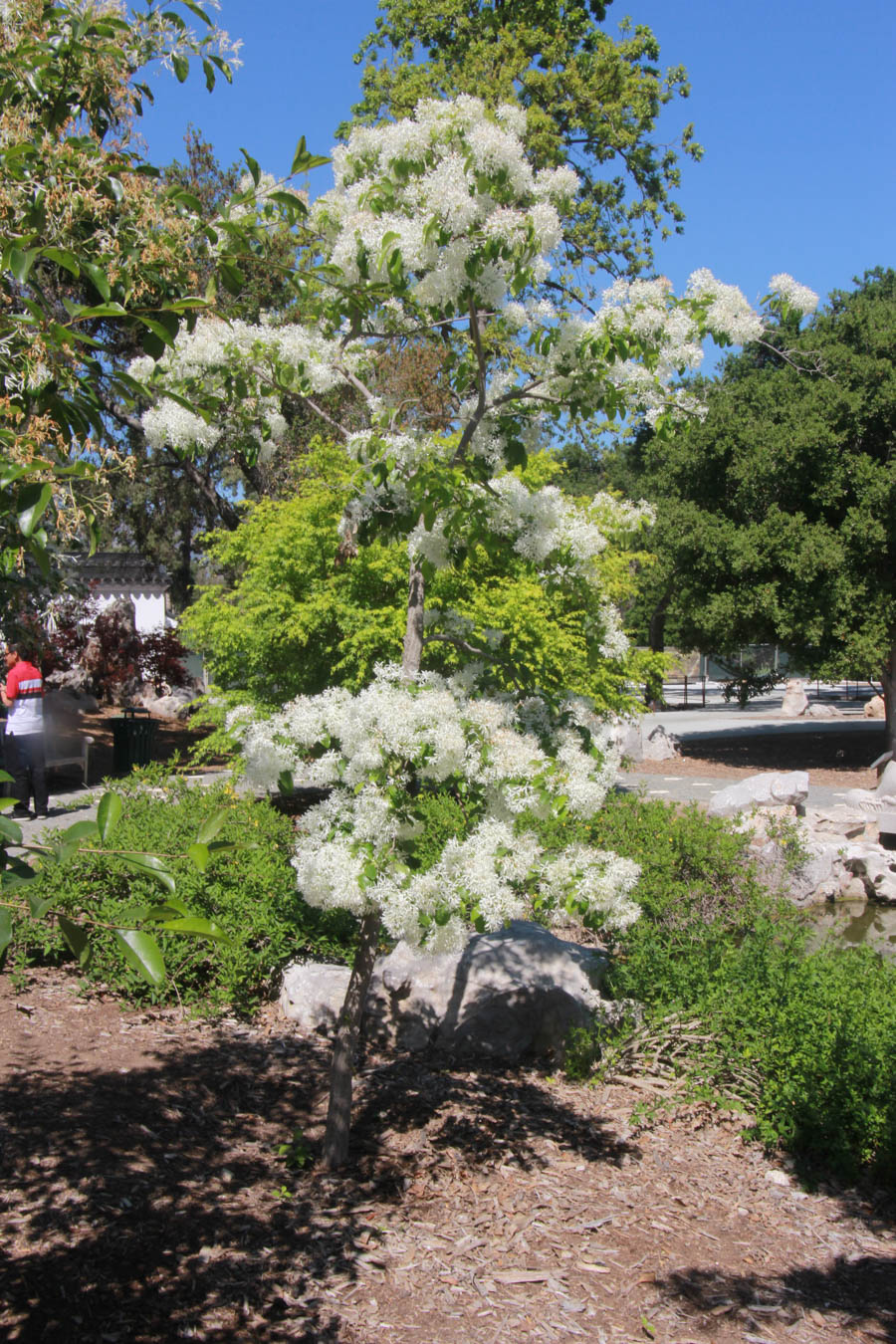 Wow... Just simply beautiful!
Wow... Just simply beautiful!
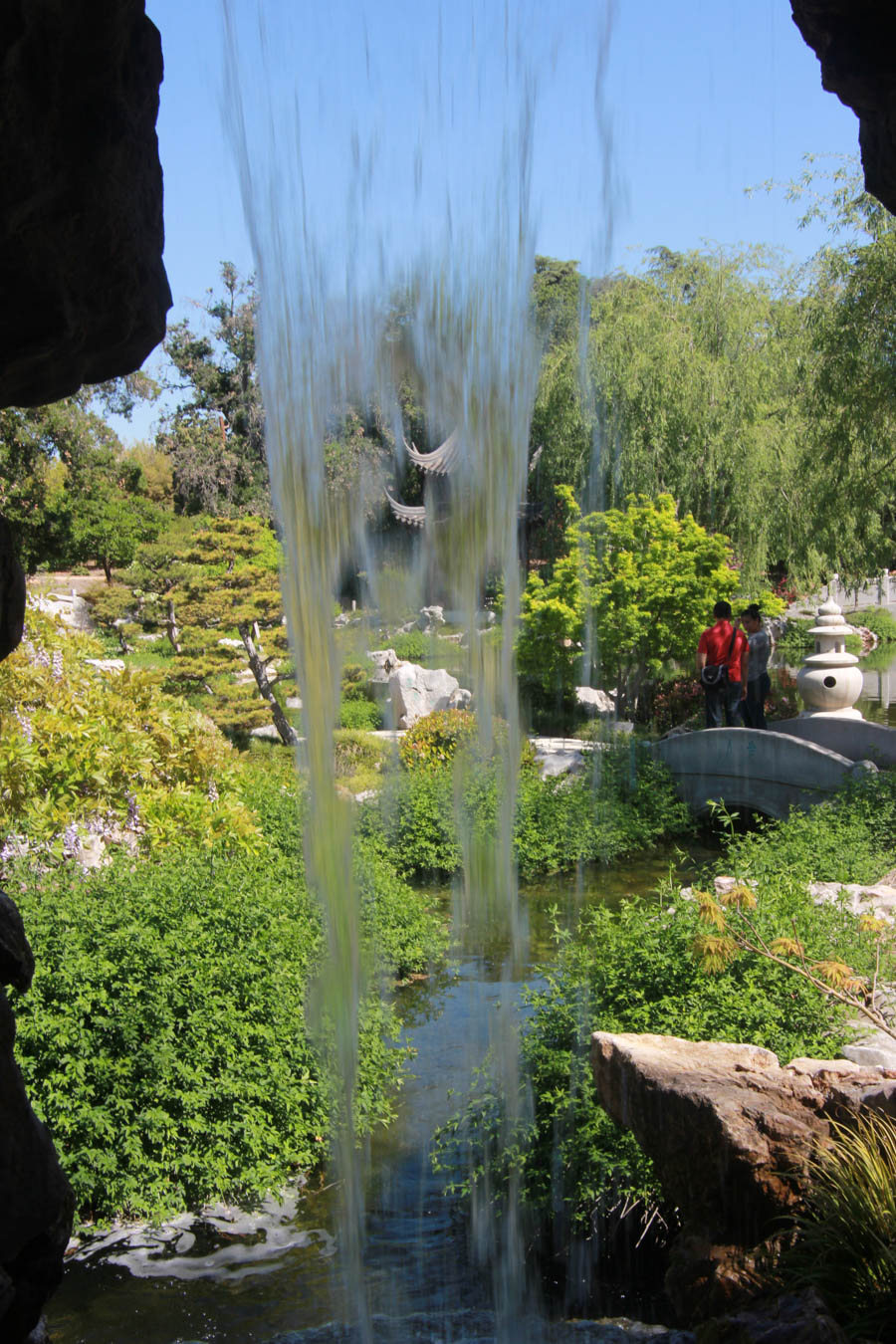
The backside of water!
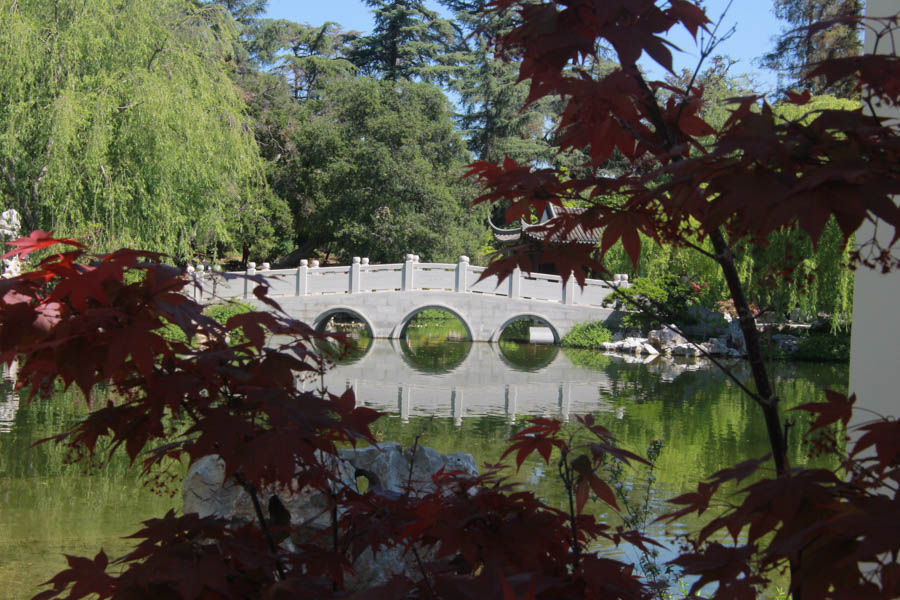
The moon bridge
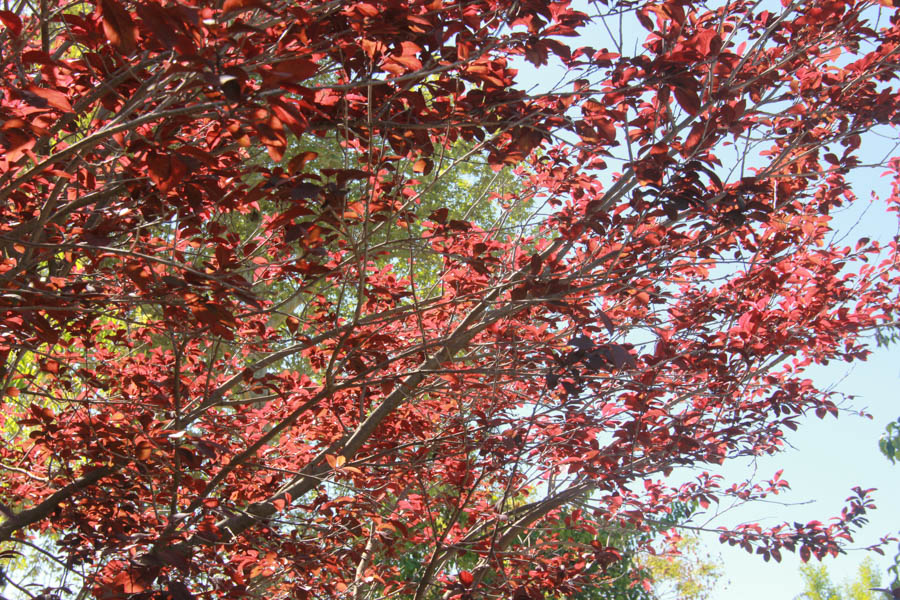
Red trees just seem to be so different
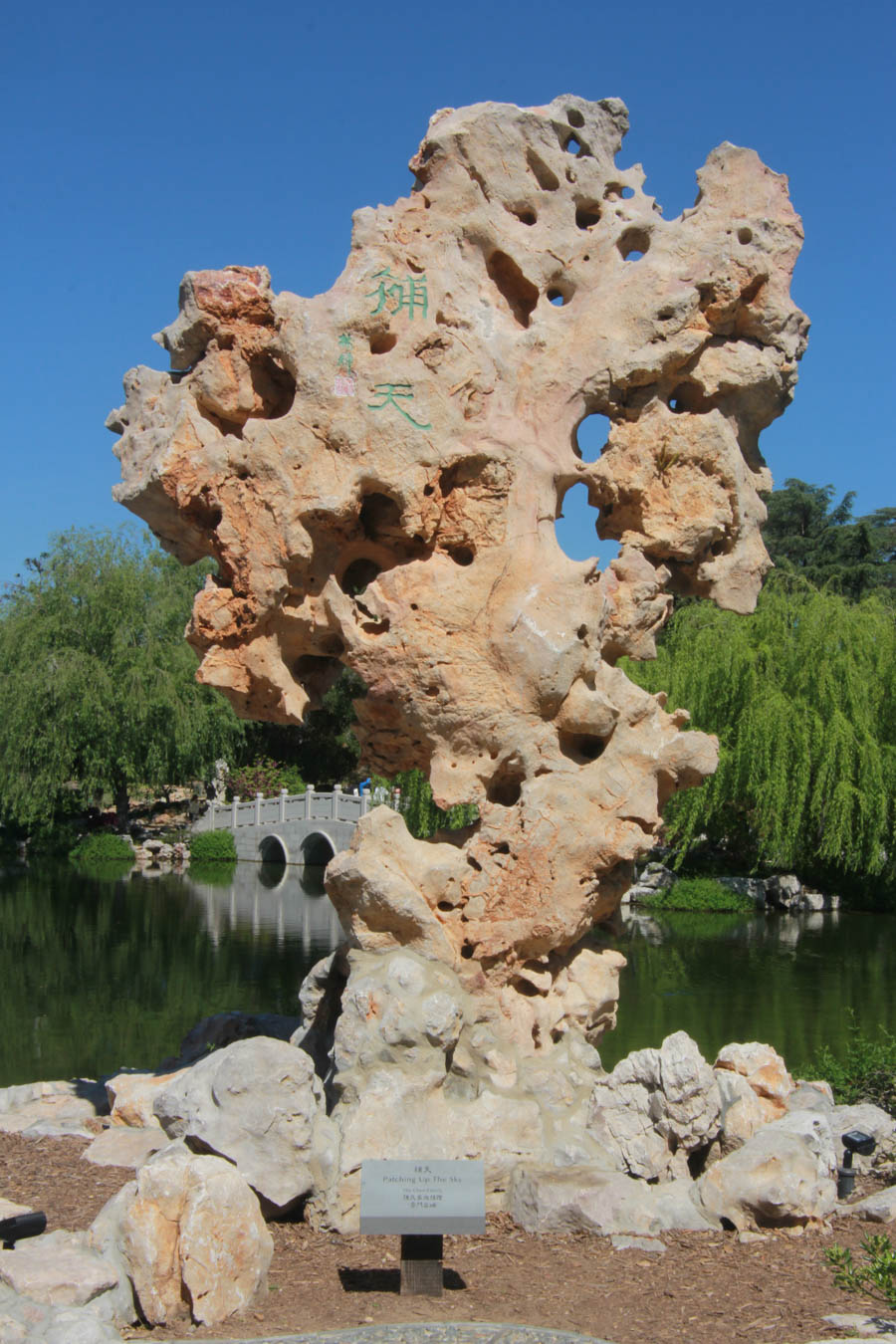
Water is such a powerful force

Heading to the Japanese Garden

A short rest perhaps?
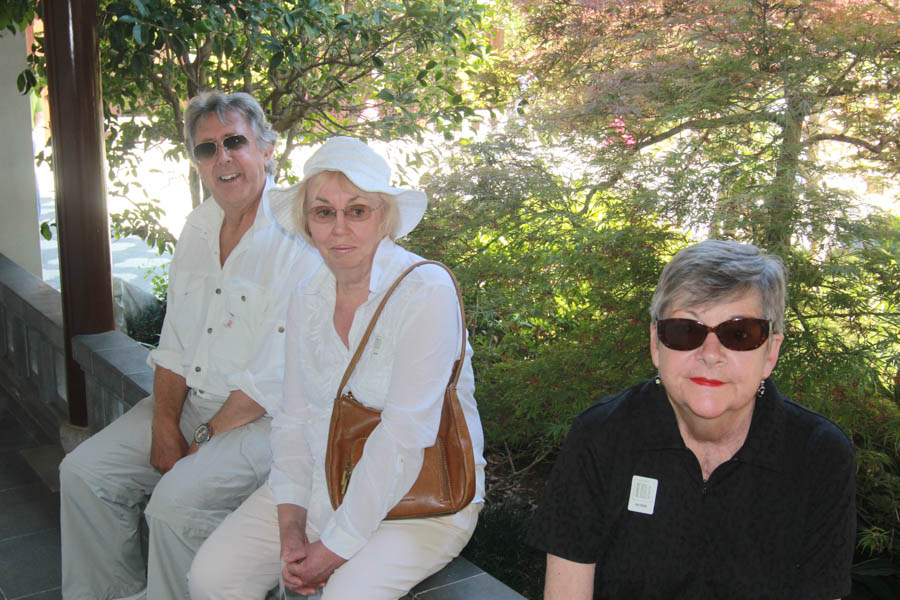
indeed
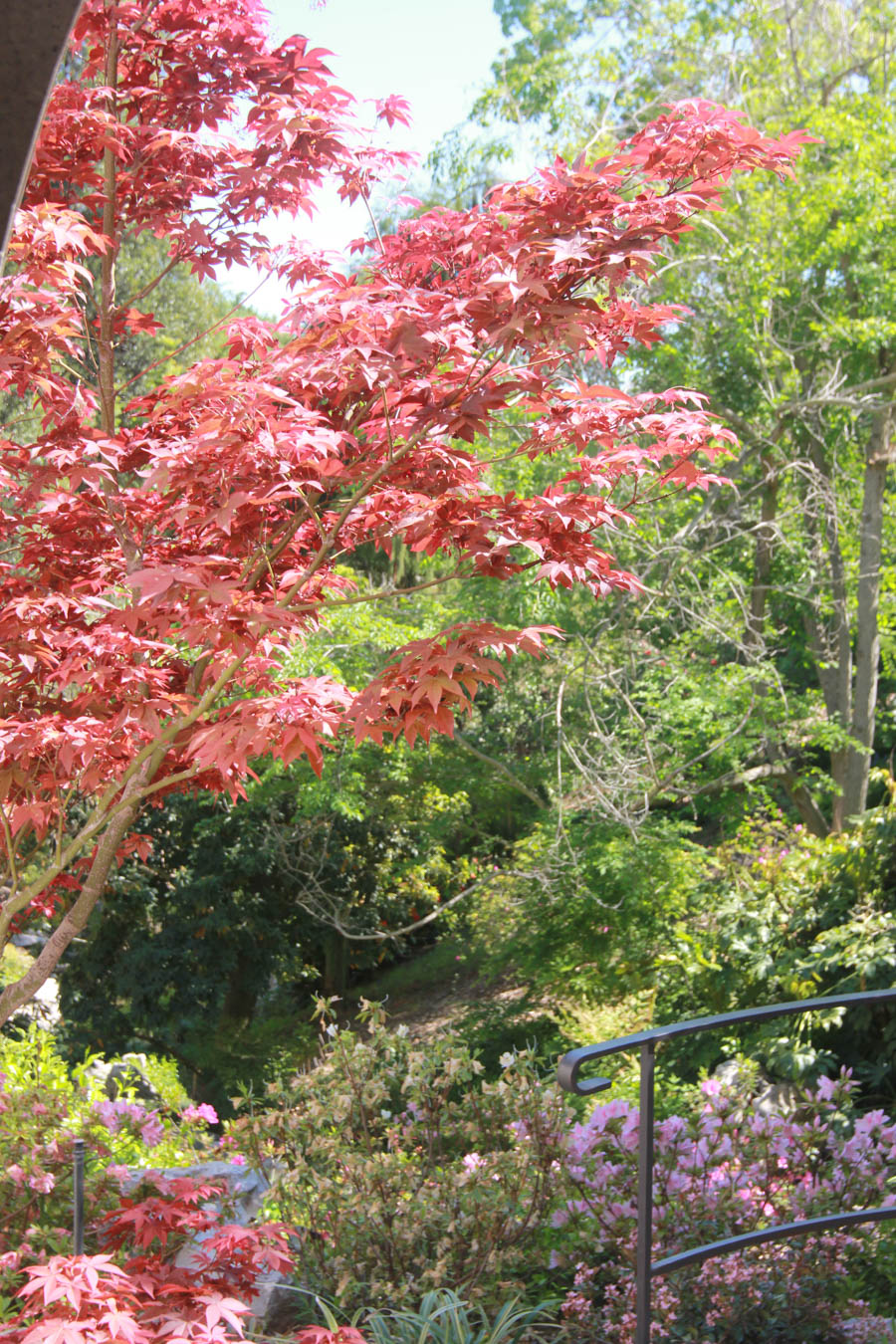
Into the transition area... Now named the Camelia Pathway
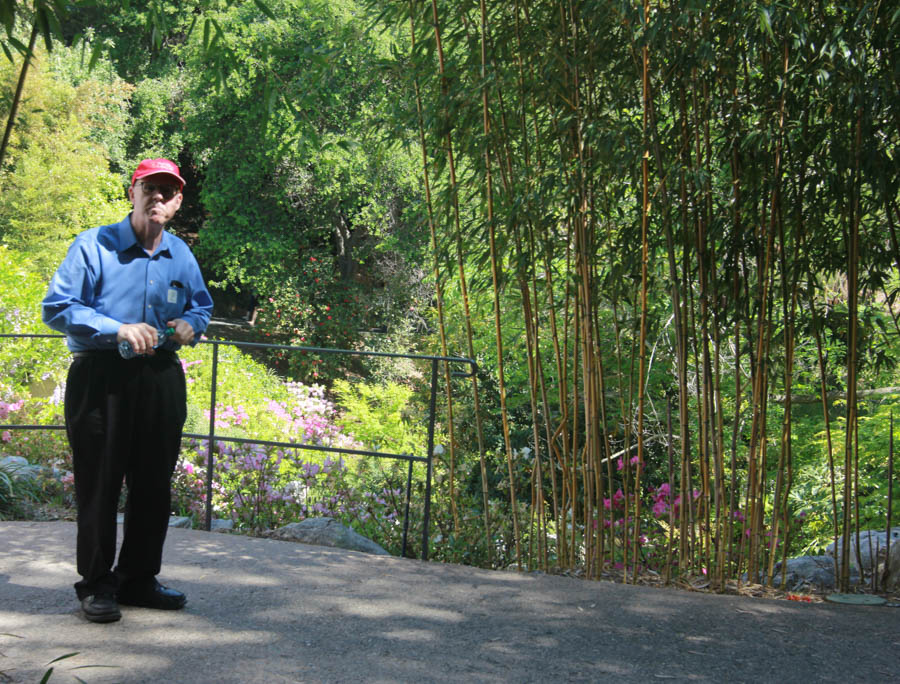
"Let's race!"
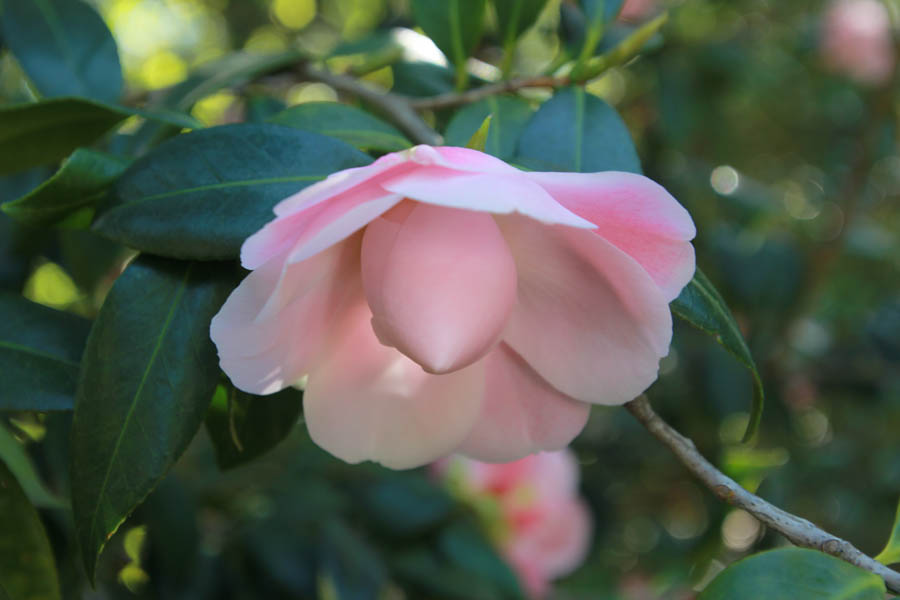
Now that there is pink!"
Did You Know? - All "true" types of tea come from the same plant, Camellia sinensis. Black, green, white, and oolong teas are all made from the leaves of this plant. Oxidation, processing, and other factors give these types their distinctive colors and flavors. Other so-called teas, such as herbal (chamomile, peppermint, etc.), mate, and rooibos (also known as "red tea") are more correctly called tisanes.
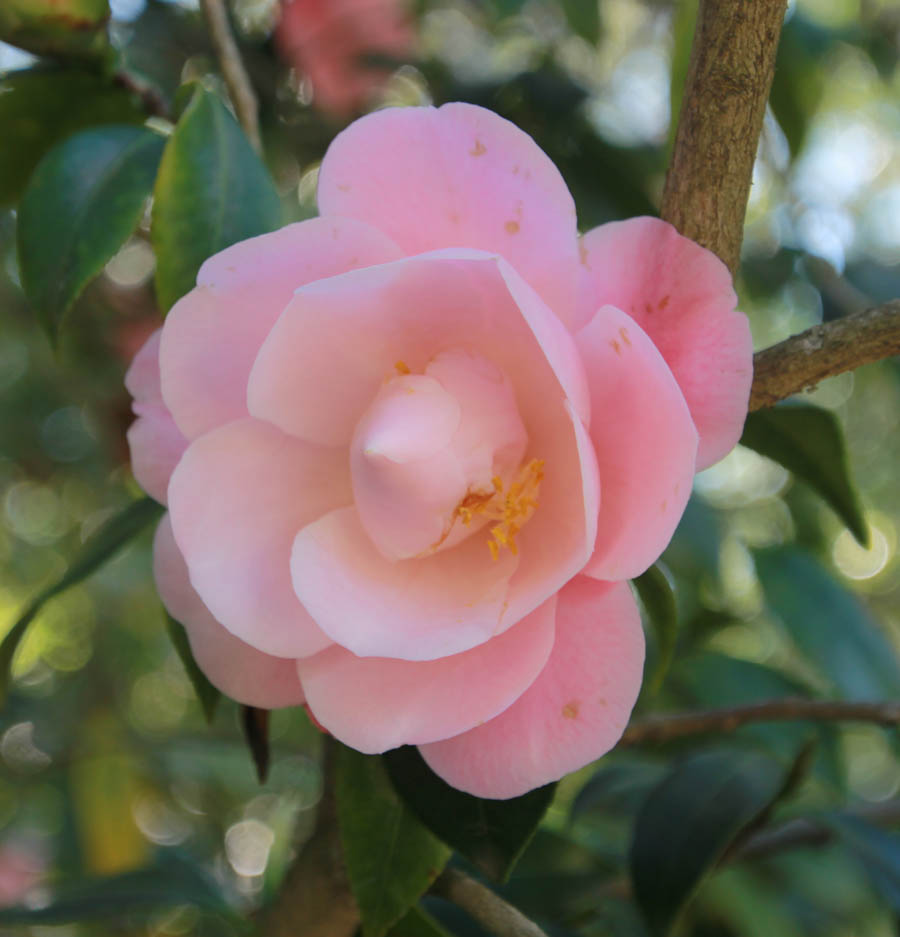
Beautiful.... and it produces tea!
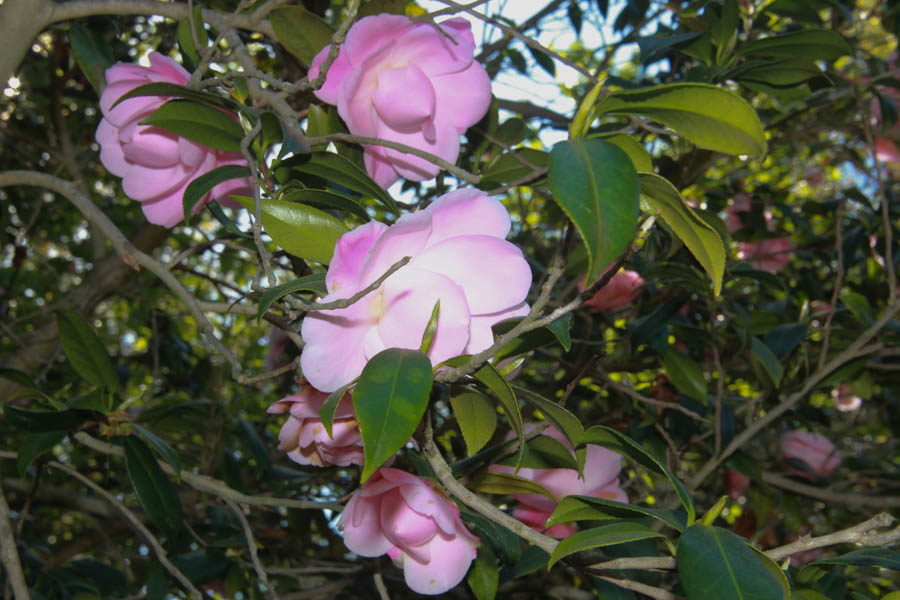
Almost too pretty to pick
Did You Know? - Tea belongs to camellia family of plants. Tea bush grows only in tropical and subtropical climate.
Tea is cultivated solely for the purpose of leaves. They are collected as many times per year as tea plant vegetates, i.e. produces new shoots with leaves. In Indonesia, Sri Lanka, Kenya, the south of India and China summer is all year round. The further north the plantations are located the shorter is tea harvesting season: in North-Eastern India it lasts eight months, in the North of China tea leaves are harvested up to four times a year from April till September.
Tea is harvested by hand, not all leaves are picked during harvesting but only a few top young and juicy leaves with a portion of the stem on which they have grown and the so-called bud (or tip) ? an unexpanded leaf at the end of the shoot.
A few leaves, part of the stem and a tip are called "flush". Flush is the basis of tea production. Flush with two or three leaves is called "golden flush". Flushes are collected with three, four and even five leaves.
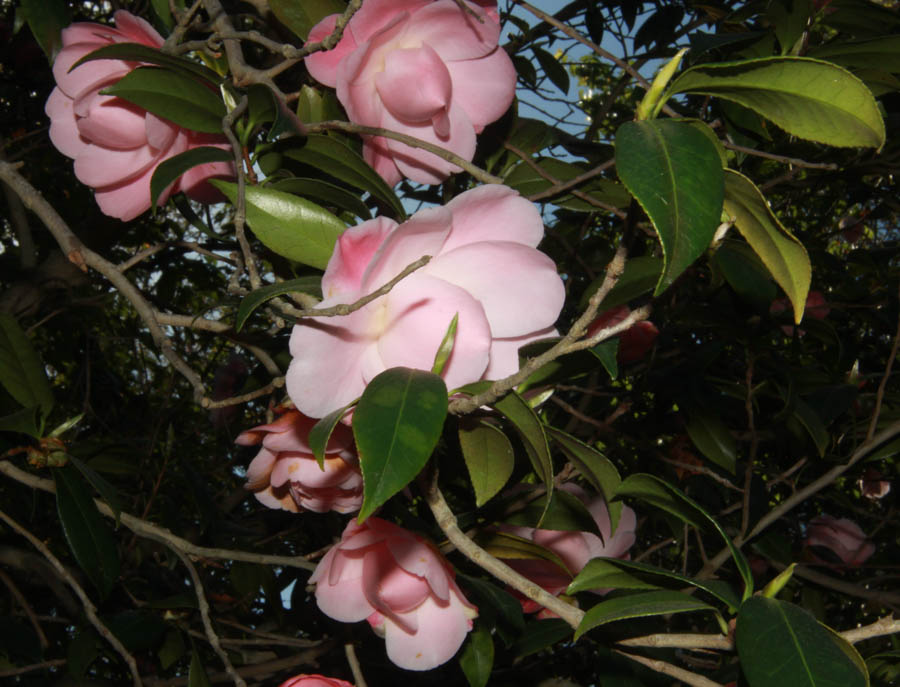 What an amazing plant
What an amazing plant
Did You Know? - Tea processing is the method in which the leaves from the tea plant Camellia sinensis are transformed into the dried leaves for brewing tea.
The categories of tea are distinguished by the processing they undergo. In its most general form, tea processing involves different manners and degree of oxidation of the leaves, stopping the oxidation, forming the tea and drying it.
The innate flavour of the dried tea leaves is determined by the type of cultivar of the tea bush, the quality of the plucked tea leaves, and the manner and quality of the production processing they undergo. After processing, a tea may be blended with other teas or mixed with flavourants to alter the flavour of the final tea.
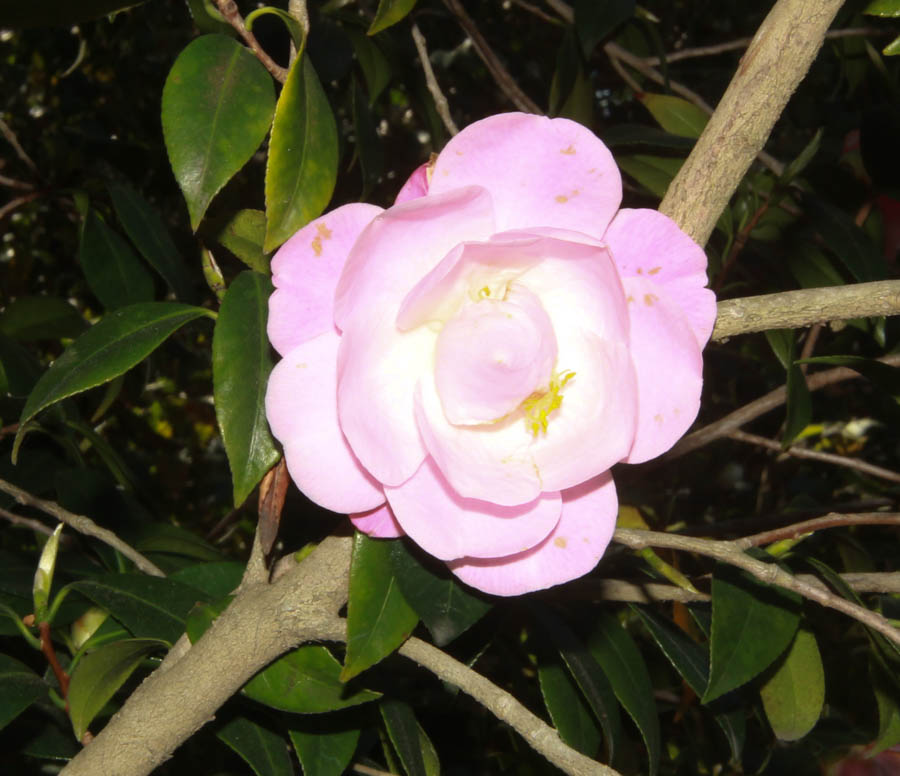
Beautiful to look at and equally good to drink!
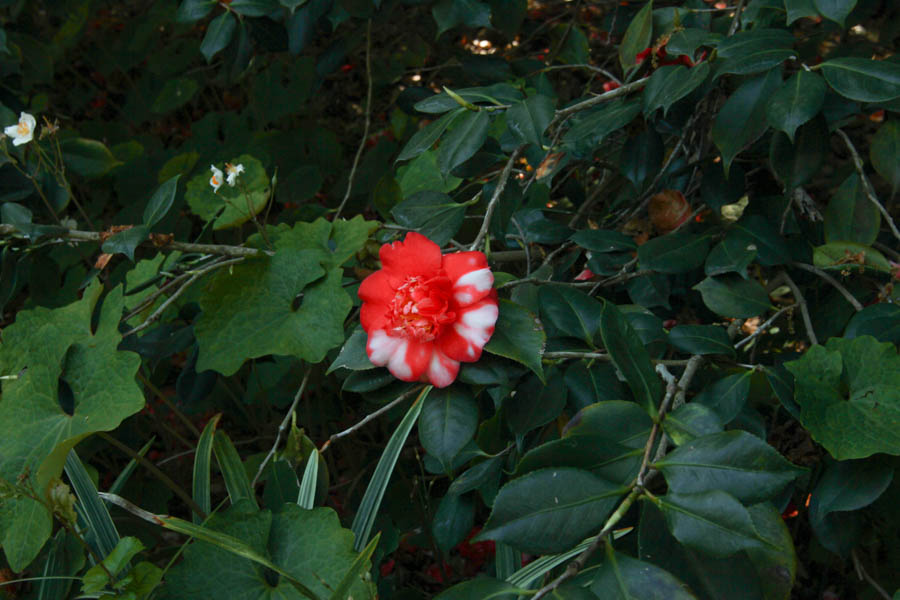
Oops! Where did he come from?

We are almost at the Japanese Garden

